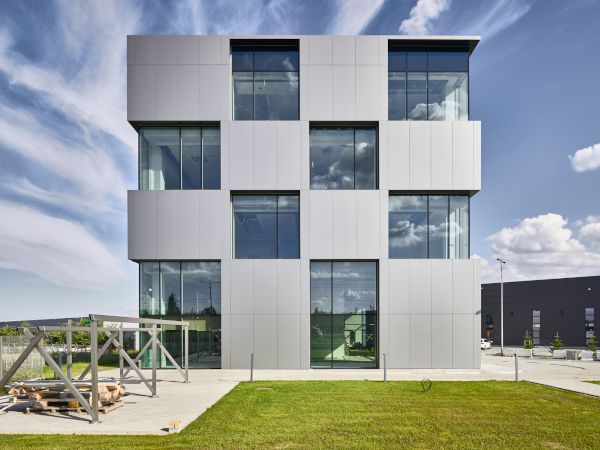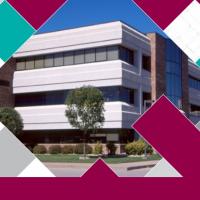Date: 10 December 2007
R-20 Heat Mirror insulating glass consists of three heat reflective coated films mounted inside an insulating glass unit between two pieces of low-e coated glass. This super insulating glass construction creates four heat-impeding gas-filled cavities and achieves R-20 performance when used in conjunction with a thermally insulated fiberglass frame. Heat Mirror R-20 is a product of Alpen Energy Systems, a leading Southwall customer licensed to fabricate Heat Mirror insulating glass.
"This astounding achievement in energy efficiency is a tribute to the collaborative team effort of Southwall and its window and insulating glass customers who jointly push the envelope in enhancing the performance and value of Heat Mirror technology," said John Meade, Southwall's Director of Business Development
Superior to any low-e glass currently available, Heat Mirror is a technologically advanced low emissivity and solar reflective film that can be mounted inside an insulating glass unit in a variety of configurations (one, two or three coated films, uncoated or low-e coated glass) to provide energy conservation performance ranging from R-6 to R-20 to meet the unique requirements of commercial and residential new construction and renovation projects.
Heat Mirror is the technological alternative to coated glass that extends performance well beyond that of generic low-e glass available today. Heat Mirror insulating glass, as well as other innovative glass technologies currently under development, is driving the US Department of Energy to revise the glass performance standards of its Energy Star program that rates the energy efficiency of appliances and building components.
Scheduled to debut as early as 2009, revised Energy Star glass performance standards will make clear that generic low-e glass, with a maximum insulating performance level of R-4, no longer represents a level of energy efficiency required to "transform the market", a key charter of the agency's ratings and standards program. Among Energy Star's objectives is increased market penetration of windows achieving insulating performance of R-10 by 2010, an objective readily achieved by Heat Mirror technology today.
Why is increasing the energy efficiency of glass important? According to Chris Mathis, a founding member of the National Fenestration Rating Council (NFRC), which sets standards for window energy efficiency, 64 percent of the 110 million existing homes in the US have single-pane windows. This contributes 25%-35% of the total energy wasted in buildings and 10% of the total carbon emissions in the US annually.














Add new comment